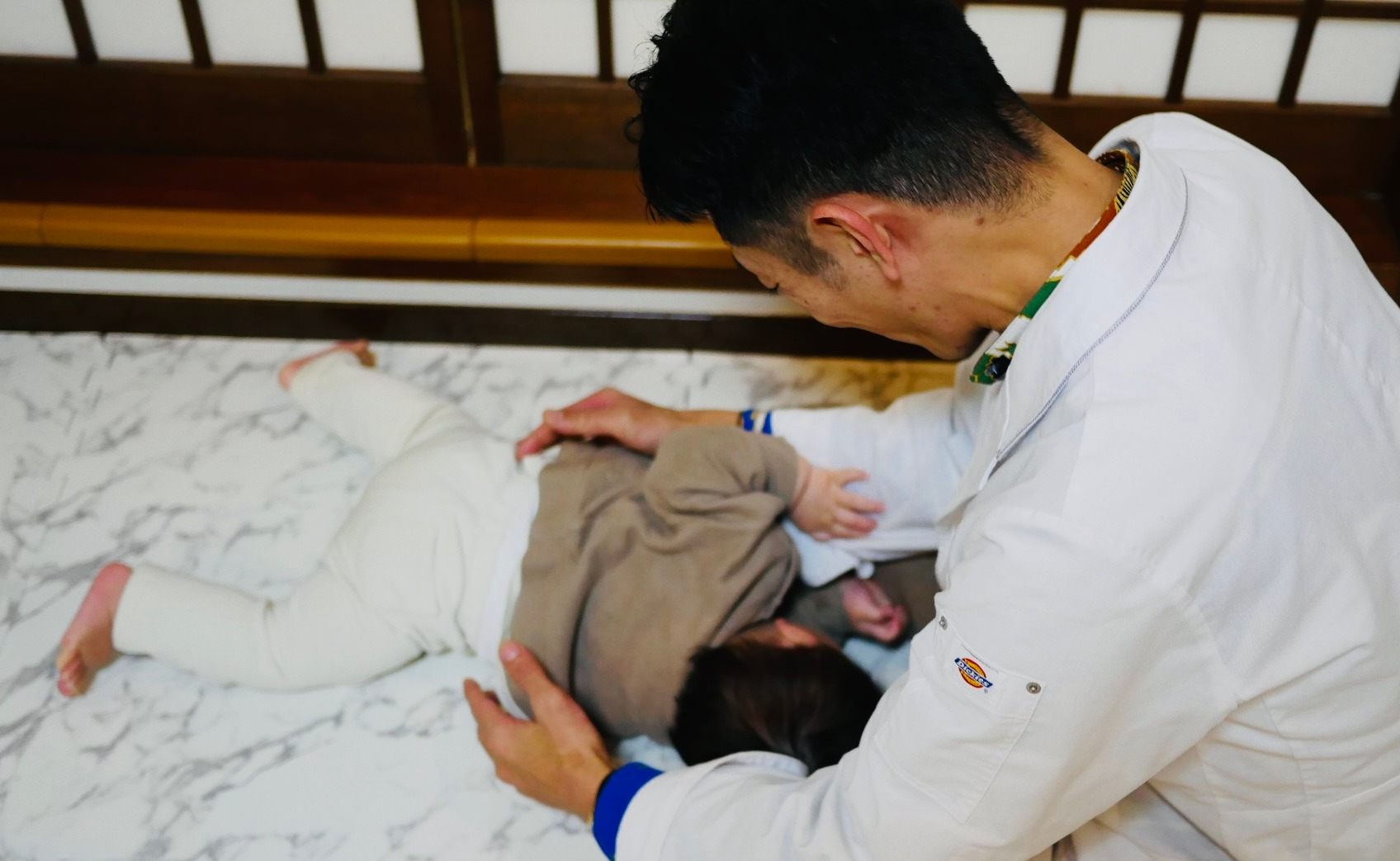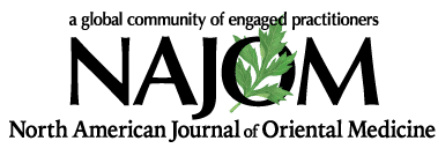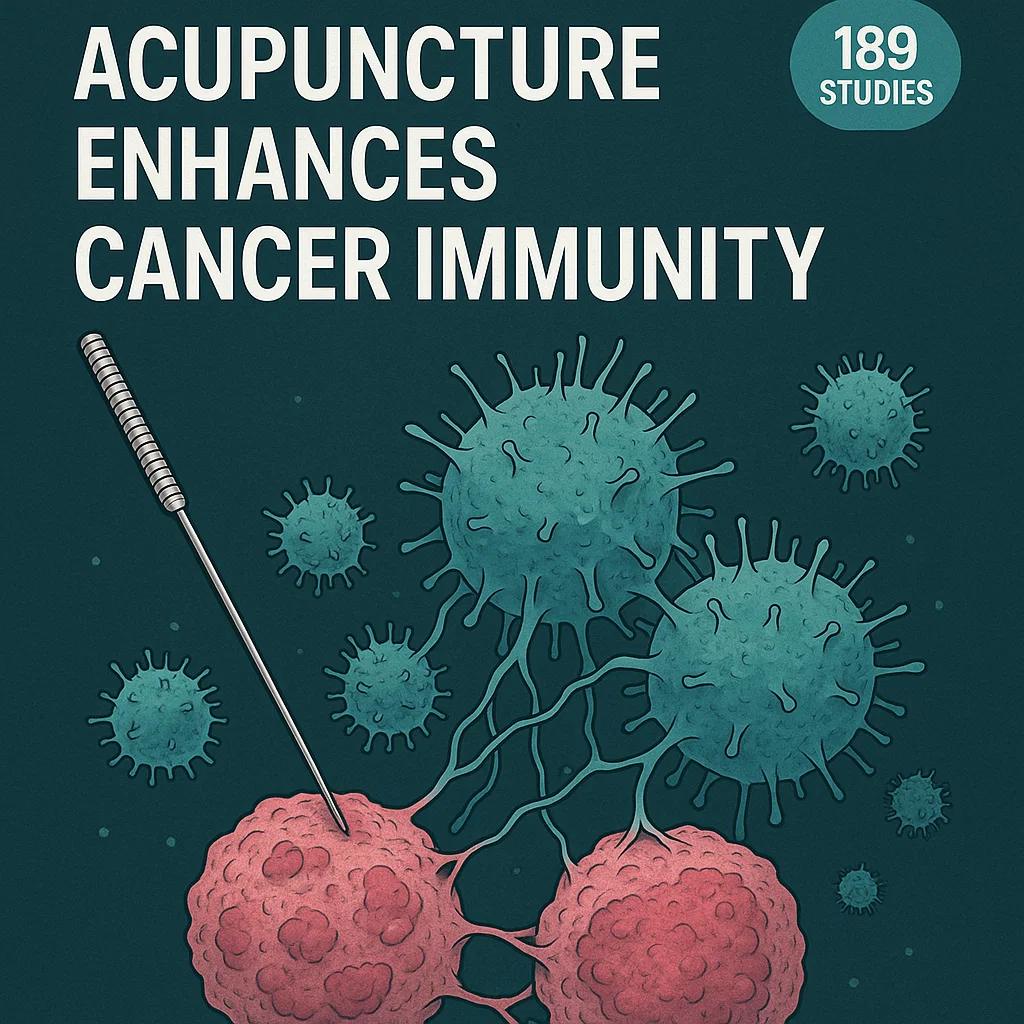Treating the Heads of Babies and Children
by Komatsu Hiroaki
This is the first part of an article, first published by the North America Journal of Oriental Medicine, NAJOM, July 2022; P. 15-16 and is republished here with permission. The 2nd part was published in the November 22 Issue.
Since 2015, I’ve been offering a popular treatment for improving the shape of the head; patients come from all over Japan and even from overseas. In the beginning, the majority of patients receiving this protocol were high school age and above, but as parents realized this protocol would work on their children as well, I’ve had more opportunities to treat babies and children.
Parents are often concerned about the following issues:
- Asymmetrical occiput (plagiocephaly)
- Wide head with a flat occipital region (brachycephaly)
- Distorted head due to the child habitually turning to one side
- Wondering if children will develop a complex about their head shape as they grow
- Noticing a difference between right and left as observed when doing things like braiding the hair
- Wondering if an abnormal head shape might affect mental and physical development
Difference from Mainstream Approach
The mainstream treatment for correcting the shape of a baby’s head is the “helmet treatment” developed in the US. This treatment has been spreading in Japan since about 2012. In the helmet treatment, a corrective device is placed on the head. It appears that this local treatment achieves results, but, if the head is distorted, this distortion surely extends throughout the whole body. I’m a sotai practitioner, so my treatments correct the shape of the head naturally by balancing the whole body, and I also give instructions for homecare; treatment doesn’t focus on the head alone.
Of course, I begin with a thorough exam of the shape of the head, looking at hardness and right-left differences, but I don’t actually work on the head much at all. I also ask the parents if they’re focusing on the head because they’re specifically concerned about the shape of the head. I understand why they do this, but that’s
not seeing the forest for the trees. I do this to alert them to the fact that all the parts of our body are connected and function together; a distortion in the shape of the head means that the whole body is correspondingly out of balance.
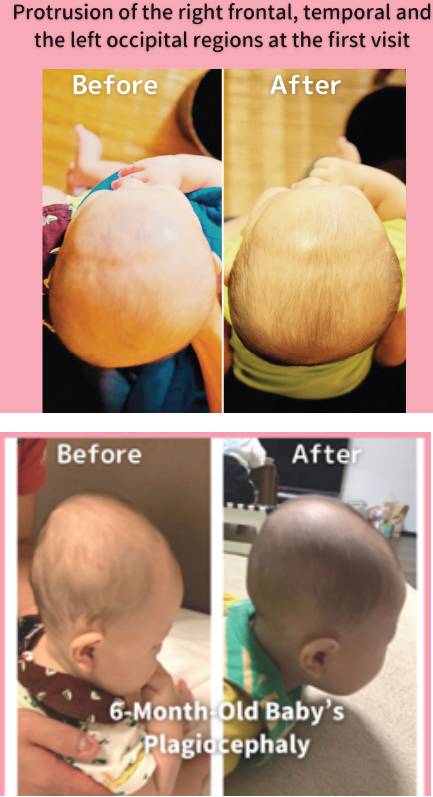
Dr Hashimoto Keizo’s Approach
Sotai Therapy, which has become known around the world, is a method in which words are used to guide movements. What then do we do for babies that are pre-speech? Dr Hashimoto used the following technique and detailed it in his book.
Under the heading “Children and the Motor System,” he wrote:
“In the case of children, they can’t self-assess (movements), but the motor system of children is very flexible, so we don’t have to use complicated methods to treat them. The reason that stimulating GV-12 and GV-4 is effective in most cases from acupuncture and moxibustion perspective is understandable if we consider the connectivity of the motor system…”
“When treating babies, loosen their clothing so they can move their arms and legs freely. The simplest thing to do is to tickle the sides of the belly. It hurts when done too roughly, but when done lightly the infant (also young children) responds to the stimulation and waves their arms and legs about. This adjusts their motor system. This will make everything better. Unconscious and reflexive movements work just fine…”
“Tickling the side of the belly at the level of the navel and about the midpoint between the ribs and the hips is perfect for eliciting reflexive whole-body movements. The body moves in different ways depending on the situation. The body moves in whatever way is necessary. This is not limited to babies. Doing
this vigorously on adults can create a strong reaction. Doing this when someone falls from the roof and his wind is knocked out, or when someone goes unconscious will make them regain their breath every time. We call this technique the “tickling technique.”
– Karada-no-sekkei-ni-misuwa-nai (There are no mistakes in the design of the body), Hashimoto Keizo MD, Taniguchi Shoten
Performing the Tickling Technique
- Sitting on the same surface as the child lying supine, sit seiza (sit on one’s heels with one’s back straight) with the child’s head in the space between your two knees. (Keep the knees wide apart so that the child can move his/her head.)
- Place the middle and ring fingers on either side of the belly at the level of the navel (between the ribs and pelvis where there are no bones, around GB-26) (Figure 1).
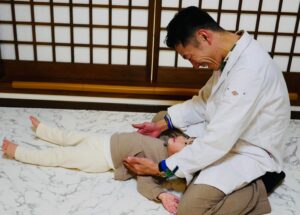
Figure 1 - There is a band of tension along the side, so place the middle and ring fingers firmly on this band and move the fingers back and forth. Watch the reaction of the child and move the fingers up or down, or change the pressure or speed as needed (be sure not to press too hard). Keep tickling with the fingers on the sides, even if the child turns over onto the stomach or otherwise changes positions.
- When you are right on the band of tension, the child will move his/her arms and legs a lot. This unconscious movement balances the whole body. When balanced, the tension in the side of the body relaxes. Stop when the sides relax (Figure 2).
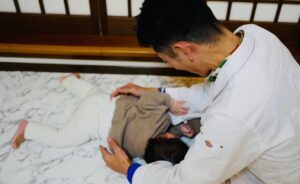
This describes how to do the technique while sitting seiza, but if you are using a treatment table, you can just stand at the head of the table. Also, for infants and small children, this technique can be done with the practitioner positioned at their feet.
This technique improves balance throughout the body, so the shape of the head improves along with other symptoms. When I teach parents how to do this quick tickling technique, I tell them to do it as often as they change diapers. An infant can more easily move their arms and legs with the diaper removed.
Preventing Plagiocephaly
There are other things I advise the parents of infants to do to prevent plagiocephaly, but these are five main points.
- When feeding with a bottle, don’t feed them with only your dominant hand.
- Consider the direction of lighting, ventilation, and the door to the room when positioning the child since the baby will turn its head in the direction of stimuli.
- When sleeping next to a baby on the floor, switch sides regularly.
- Pay attention to the height of the pillow and its softness.
- When you talk to a baby lying down, don’t always do it from the same side.
Always turning the head to the same side can cause plagiocephaly and/or a habit of turning to one side.
These considerations are mentioned in Dr Hashimoto’s book, Darenimo Wakaru Sotaiho-no Igaku (Sotai Therapy That Anyone Can Understand).
Tender Point Technique
The tickling technique can correct distortions all over the body by eliciting unconscious movements. There is another classical sotai technique called the “tender point technique” that employs the same principle. This tender point technique is little known outside of Japan. Sadly, even in Japan, I get the impression that the number of practitioners who do this is dwindling.
When we palpate a tender point, the patient unconsciously makes a movement to escape the pain. This is called the “unconscious escape reaction.” When we palpate patients, we must note and accurately recall the movement of this escape reaction. When we have the patient repeat this movement, the tenderness disappears and the distortion in the body is corrected. This tender point technique is effective for regular tender points, but it’s the most effective for points with the greatest tenderness. When we are able to precisely locate the greatest tender point without undue effort, distortions in the whole body can be greatly improved just by repeating the movement mimicking the escape reaction. In other words, the escape reaction unconsciously elicits the movement that is on the “corrective course.”
Basic Tender Point Methods
When I practice the tender point technique that Dr Hashimoto developed, I do these two things:
- As the patient moves during the escape reaction, follow the avoidance movement while keeping a finger on the tender point. Ask the patient to relax completely once they reach the position where the tenderness disappears.
- Remember the movement of the escape reaction and have the patient reproduce that movement and then relax completely.
This sotai technique can’t be performed without good palpation skills, and we become better the more we hone our skills as a professional. Also, remember that we can damage tissue if we forcefully press tender points all over the body, so please be careful. The best way to begin is to carefully observe the patient’s avoidance reaction.
With both the tickling method and the tender point technique, we elicit unconscious balancing movements. The difference is whether it’s “painful” or “ticklish,” but the basic principle is the same (Figure 3).
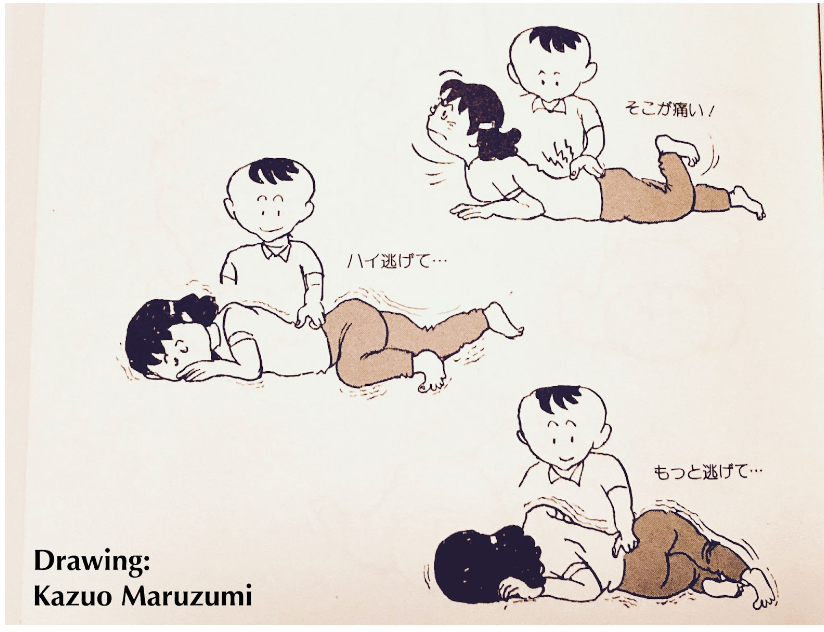
Next: Material Taught Abroad
Here I have introduced two sotai techniques little known outside of Japan. For NAJOM’s next issue, I will continue with a discussion of “skin sotai.” I have previously taught “skin sotai” in Italy, but this will be the first time I introduced it in print. This is something to look forward to.
Please practice the tickling technique and tender point technique introduced in this article. I practice regularly and treat my 7-year-old son whenever he is not feeling well. I would be pleased if those with little children put these techniques to use in their own lives. Thank you for reading this article.
Addendum
For case studies of treating head deformities, please go to my Instagram account @komatsu.zeppeki for a few examples.
Translated by Stephen Brown
Komatsu Hiroaki lives and practices in Kyoto. He’s a graduate of the Butsugen Acupuncture College in Kyoto and is licensed as a massage therapist. He studied sotai with Maruzumi Kazuo, a disciple of Hashimoto Keizo MD, among many others. He opened his clinic, Akatoki An, in 2010. He has taught seminars in Italy, the US, and Japan, where he is known as “the hub airport of Sotai.” He is also a ideographer and produces teaching materials. His DVD, The Secrets of Japanese Manual Medicine – Sotai Intuitivo I, is available through Blue Poppy. His recently published Kindle ebook Difficulty Talking to Others? How to Relax and Keep Face, is available through Amazon.
“The North American Journal of Oriental Medicine (NAJOM) is a non-profit worldwide forum for the promotion and development of Japanese approaches to Oriental medicine. Our goal is to facilitate networking among practitioners and inspire them to deepen their knowledge and refine their skills.”
You can subscribe to the journal at the following link: http://www.najom.org/store/c6/Membership%2C_Subscriptions%2C_and_Individual_Back_Issues.html

